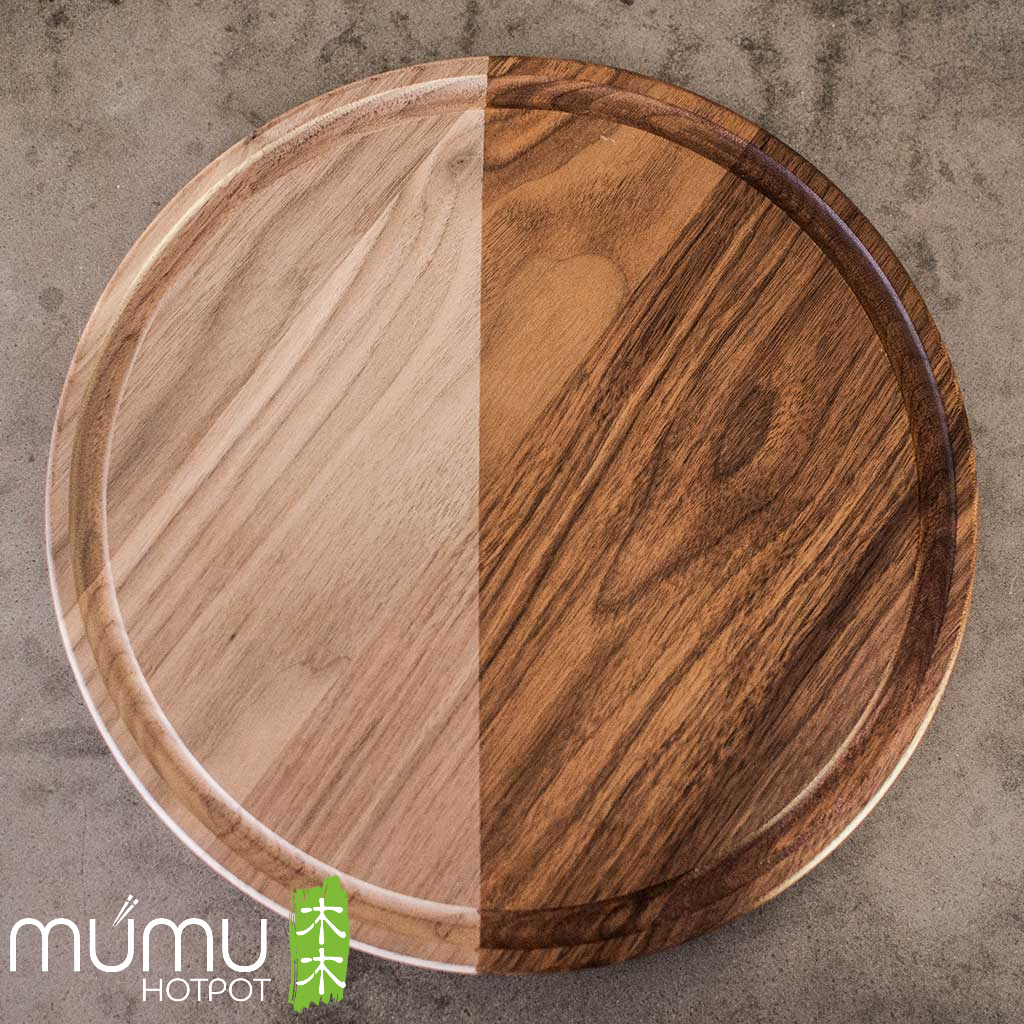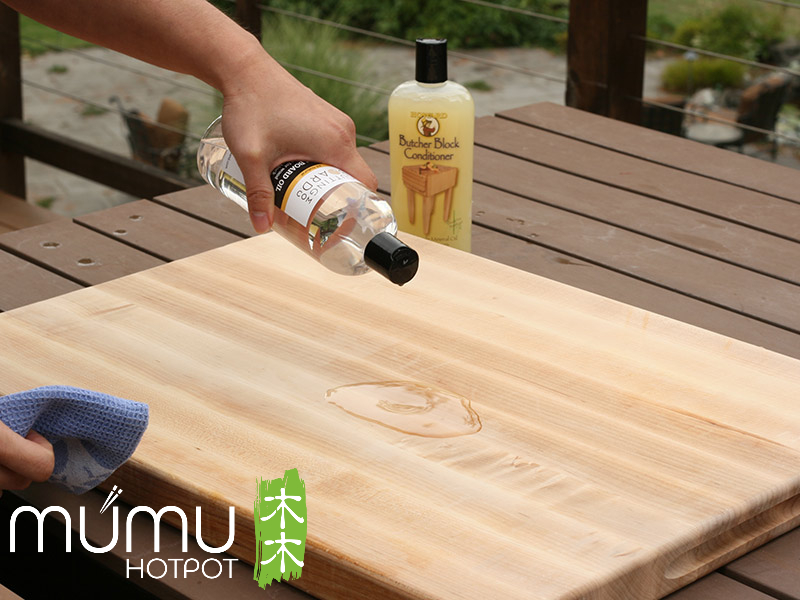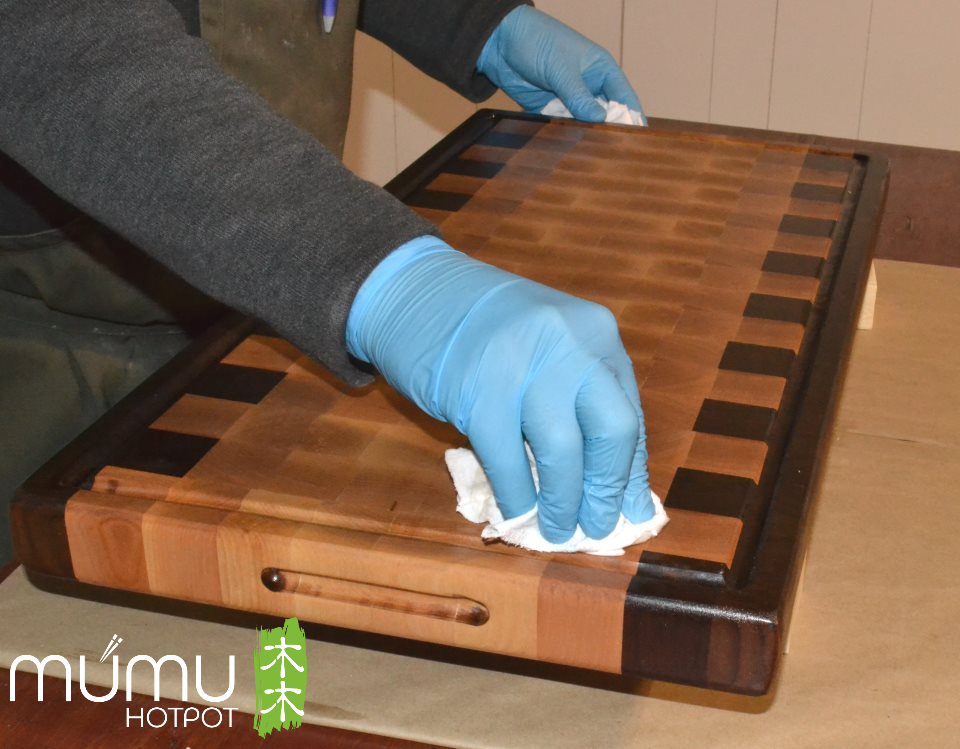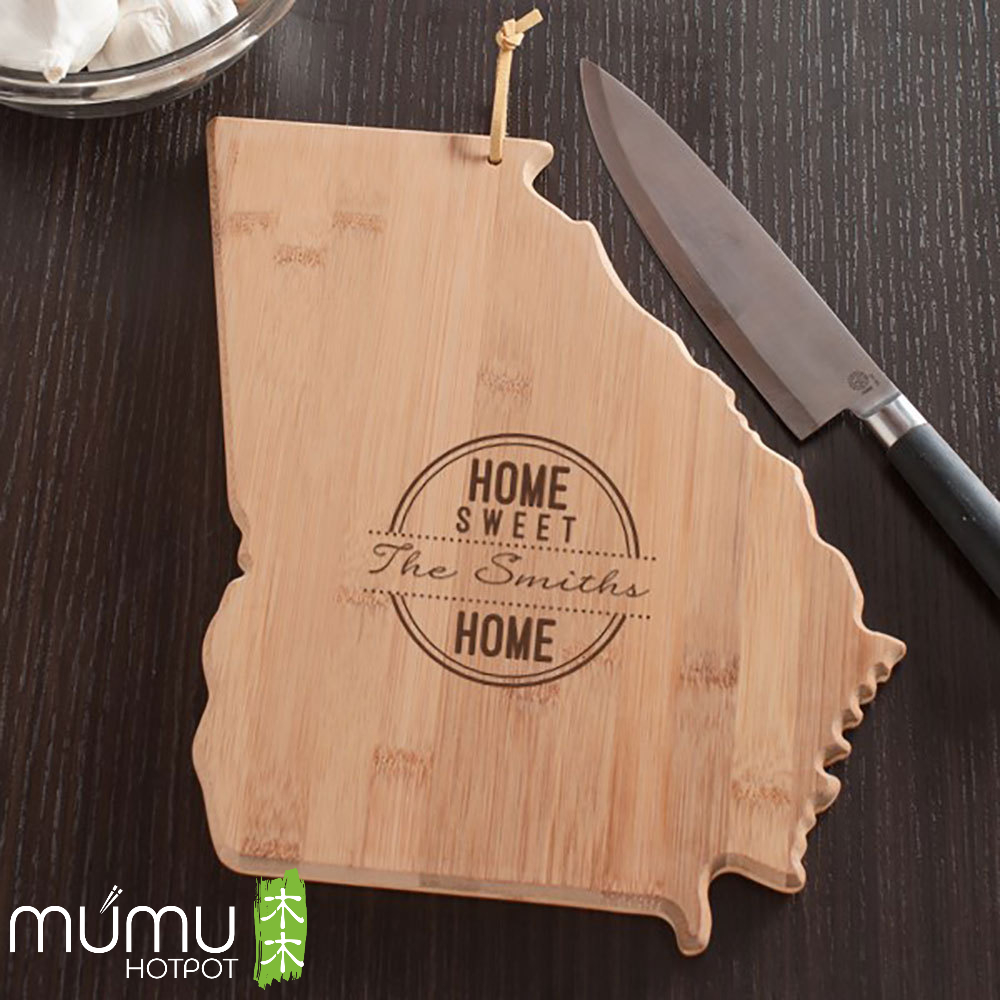How to Seal Cutting Board: A Step-by-Step Guide for Longevity
How to seal cutting board is a question that many people ask. Cutting boards are used in a wide range of activities, from food preparation to crafting and creating decorative items. As such, it is important to take proper care of your cutting board in order to ensure its longevity and maintain its functionality. One way that you can do this is by sealing the cutting board with an appropriate sealant. In this article, Mumu Hot Pot will discuss the process of how to seal cutting board and what materials you should use for the best results.
What Is A Cutting Board Sealed?
Applying a sealer to the cutting board's surface is the procedure of sealing the cutting board. This will assist maintain the board appearing new and prevent its surface from absorbing liquids. The seal can also help your cutting board last longer by preventing germs or other impurities from adhering to its surface.
When Should The Cutting Board Be Sealed?
When using your cutting board for food preparation, it is a good idea to reseal it after a few usage. By doing this, you can help prevent the surface from absorbing any liquids or microorganisms from the food you are preparing. To make sure the sealant is still working, it may also be helpful to reseal the cutting board once every six to twelve months.

How To Seal Cutting Board
The first step in sealing a cutting board is to give it a thorough cleaning. Scrub the board's entire surface with a solution of warm water and mild soap. Make sure to sweep up any food debris. Rinse the board after cleaning it, then move on once it has completely dried.
Select the appropriate sealant: For sealing cutting boards, beeswax or food-safe mineral oil are popular options. These natural alternatives guarantee the security of your food preparation while also offering an efficient seal.
Pour a tiny amount of the sealant you've chosen onto the cutting board to apply it. Spread the wax or oil evenly across the board's surface using a clean cloth or paper towel. Don't overlook the edges and the bottom.
Let it soak: Overnight is ideal, but a few hours will do. Let the sealant sink into the wood. This thorough soaking guarantees that the sealant enters the wood and offers reliable defense.
Excess must be removed: After the soaking time, use a clean, dry cloth to remove any extra sealant. Now that it is sealed, your cutting board is prepared for use.
Maintain in mind that regular upkeep will maintain your cutting board in good shape and lengthen its life. In addition to looking excellent, a cutting board that is well-sealed also inhibits bacterial growth and is simpler to clean.
Read more: How To Clean Plastic Cutting Board

A Cutting Board's Sealing Frequency?
It's best to reseal your cutting board every six to twelve months to ensure that it is fully protected. This will maintain the wood's quality and offer the best defense against microorganisms. For optimal effectiveness, make sure to completely clean and dry the board before reapplying the sealant. Additionally, prior to resealing, think about using very fine sandpaper to remove any rough edges or significant scratches. By doing so, you can keep the surface clean and stop the growth of microorganisms.
Care Instructions for a Cutting Board
Although taking care of a cutting board is simple, it does need to be cleaned and maintained frequently to remain in excellent shape. Here are some quick tips to keep your cutting board in perfect condition:
Regular cleaning: Wash the cutting board with warm, soapy water and a soft cloth or sponge right after use. This will get rid of any food fragments and aid in stopping the formation of bacteria.
After washing, sterilize the cutting board with a solution of one part vinegar to two parts water. This will disinfect the surface and eliminate any remaining bacteria.
Before storing the cutting board, make sure it is totally dry to avoid warping or splitting.
Use a food-safe sealer on the board every six to twelve months to preserve the wood and keep bacteria at bay. To achieve optimal protection, apply the sealant evenly and cautiously.
You can save money and maintain a clean kitchen environment by following these easy measures to keep your cutting board in outstanding shape for many years.
Read more: How to Store Cutting Board

Conclusion
Cutting board maintenance doesn't have to be difficult; by following a few straightforward measures, you can increase the lifespan of your board and keep it in excellent shape. Every few months, clean it thoroughly, sterilize it, allow it to dry completely, then seal it with a food-safe sealer to preserve its quality and offer the best defense against bacterial development. By using these suggestions, you may maintain a healthy and safe atmosphere in your kitchen while also saving money.
It's time to start cooking now that you know how to care for your cutting board! Use a clean, well-maintained cutting board to help you prepare great meals.
Follow Mumu Hot Pot to learn more about buying guide.




